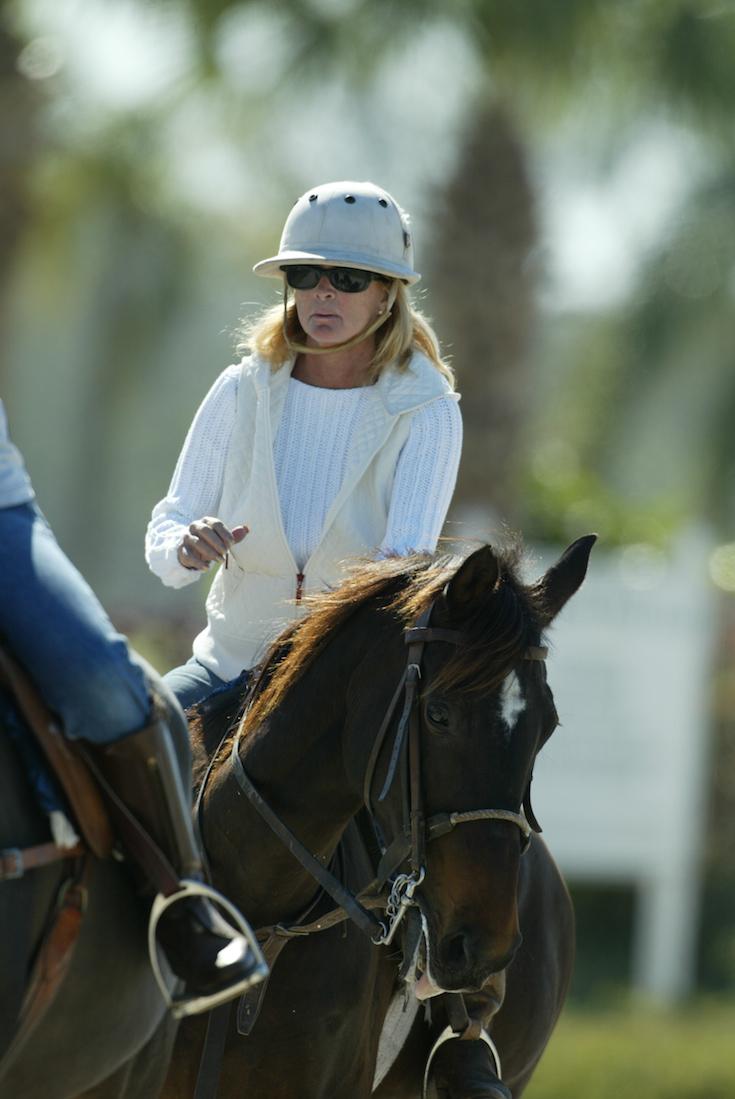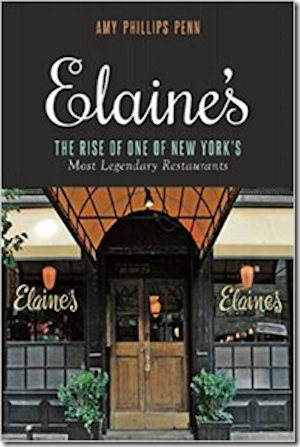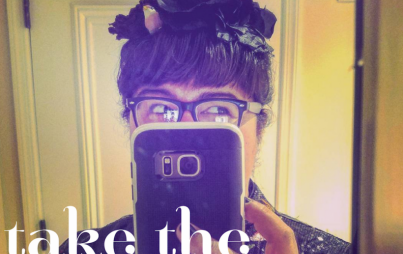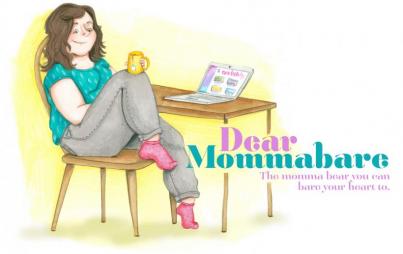
I was so excited to interview Amy Phillips Penn, not just because she attended my alma mater, The Hewitt School (an all-girls school in New York City), but because her new book, Elaine's: The Rise of One of New York’s Most Legendary Restaurants from Those Who Were There , revolves around one of New York City’s most legendary characters, Elaine Kaufman. Elaine’s, which closed its doors in 2001, was a New York City cultural institution known more for the crowd than the cuisine. As a celebrity clubhouse, Kaufman fed everyone from Woody Allen (who shot his film Manhattan there) and Mia Farrow to Kirk Douglas, Elaine Stritch, Jackie Kennedy Onassis, and pretty much anyone who has ever been featured in the New York Post's Page Six.
I spoke to Amy about her career, her book, being inspired by a teacher at Hewitt, writing in general, and her days at Studio 54.
How did you become a writer?
When I was at Hewitt, we had a teacher named Mrs. Delman who was wonderful, theatrical, and dramatic. You either loved her or hated her. She was a fabulous teacher. I never had a better one. I edited Venture, which was the yearbook and literary magazine back then. I was one of her “pussy cats.” She believed in me as a writer. It planted a seed.
Later, through a variety of circumstances, I ended up working for Eugenia Sheppard, who was an extremely famous society and fashion columnist. I worked for her in spurts, freelancing for her here and there, especially towards the end of her life. I inherited her column for The New York Post called “Around The Town,” against all odds. I was very young, there was a lot of competition and it was nasty. I had no personal life. I learned how to meet a deadline five days a week by a minute. I didn’t have a computer. I had a typewriter and the editor’s driver picked my copy up every day at the same time.
How did your book, Elaine's: The Rise of One of New York’s Most Legendary Restaurants from Those Who Were There come about?
Currently, I write for New York Natives. I had written a column about Elaine’s and was contacted by a publisher, who asked me if I wanted to write a book [based on the article].

Why Elaine’s? What draws you to the restaurant as a topic? Did you know her personally?
You either loved Elaine or hated her. She could be very scary. She was a big woman, who wasn’t crazy about women. She had a mouth like a sailor.
My relationship with her had three phases. First, I went in there to eat with my family. There were a lot of writers and celebrities. It was fun all the time.
The second phase was when I went in there as a PR person; I was working for a firm which back then represented Studio 54. I went to Elaine’s on assignment to do a story on places in New York. She knew I was coming. We were doing her the favor because she wasn’t our client. It was pouring rain out. It was a miserable night. She had taken Woody Allen to his table like a mother hen. I said to her “Where you would like me to set up? She said, “Where your boss told you to.” She was unpleasant and scary. The first line in my column is, “When I first met Elaine she scared the shit out of me.” That’s true.
The third stage was when I wrote a column about Elaine’s for the Post. When I came in she said, “Thank you for the plug.” We lunch a few times. We had a good relationship. When we had lunch one on one; I didn’t find it uncomfortable but I wasn’t relaxed. I did love the restaurant. I had a lot of birthday parties there.
Did anyone ever go to Elaine’s for the food?
A lot of people do and they didn’t like it. A lot of people complained about it. I never had a bad meal there. But then again, I didn’t go for the food.
So, other than the celebrity clientele, what made Elaine’s so popular?
It’s the way of the Studio 54 mentality, when you can’t get in or get a good table. Maybe it’s your way of being a little snotty about something.
Did you go to Studio 54?
I did. I went because I was working for their press agents. Originally, I went as a guest and then I went because I worked for their press agents. You can still party pretty hard and work at the same time. It really was fun. It was a phenomenon. They definitely enforced the idea that it was hard to get into. A lot of socialites couldn’t get in. The irony was half the time you’d get it in, it was half empty. The rhyme and reason was just to create that aura. I remember going one night with a date and a friend of his and his date. His friend was usually the one who was kind of well known socially. But, they let us in and they didn’t let his friend in. They did stuff like that.
At Elaine’s you could get in, but getting a good table . . . there’s something about that psychology, especially in New York, that often works.
Tell me about your column for New York Natives.
It’s called Vintage Gossip . It covers everything from Studio 54 to The Surf Club to Elaine’s, riding in Central Park, and to how Mad Men brought back memories of clothing. They give me a lot of leeway with it.
How did the column come about?
This is a really crazy story. I have a Facebook group called Write on America. Sasha from New York Natives wrote me a note saying he liked the name of my group. He felt it was compatible with the site. We had a phone call and he found out I was a writer. So, I wound up writing for them. Facebook is magical.
How did legendary gossip columnist Liz Smith end up writing the introduction to your book?
We were columnists at the same time; we were in the same circles. She wrote about me occasionally, which was very nice of her.
Do you have any advice to aspiring writers?
Keep your day job. If you have a skill you can use with writing, it’s a good thing. I’ve also heard, “Do one thing that doesn’t involve writing.” Whether it's bartending or being a DJ, take a break for a bit. Be in the world for a bit. We can get too isolated. You better really want it, because it’s not easy. There’s a lot of rejection. You have to be able to take criticism really well. That takes time, that’s something that doesn’t happen overnight. It happens with age and experience. I also don’t believe you have to write every day. We spend so much of our time processing and our subconscious is doing so much work when we’re not writing.






